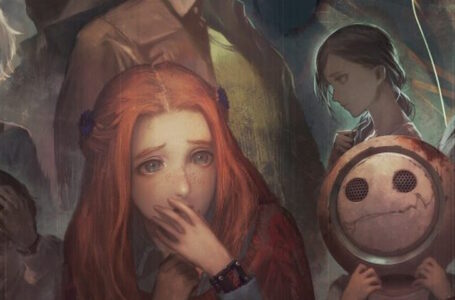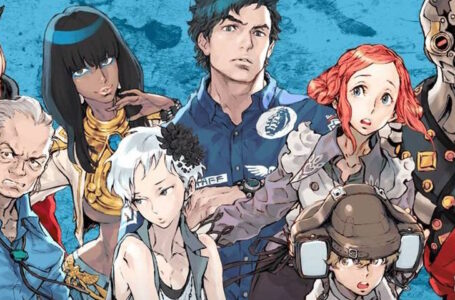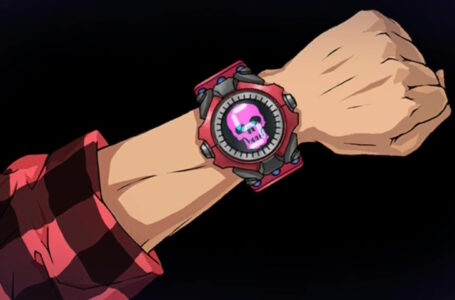World’s End Club is Uchikoshi’s most underrated game
2020’s World’s End Club is one of those games that scored itself a moderate amount of hype in the run-up to its original release, then promptly disappeared off the face of the planet the moment that it actually came out.
This can be attributed to a variety of factors — and, as someone who purchased the Limited Edition of the game and then didn’t play it until the tail end of 2022, I can’t call myself entirely blameless in this whole scenario — but it did surprise me somewhat. After all, a new game from Kotaro “Zero Escape” Uchikoshi should have been a big deal, given how popular and well-regarded the three games in that series were — not to mention the glowing reception that 2019’s AI: The Somnium Files had — but it seems that it wasn’t to be. So what went wrong?
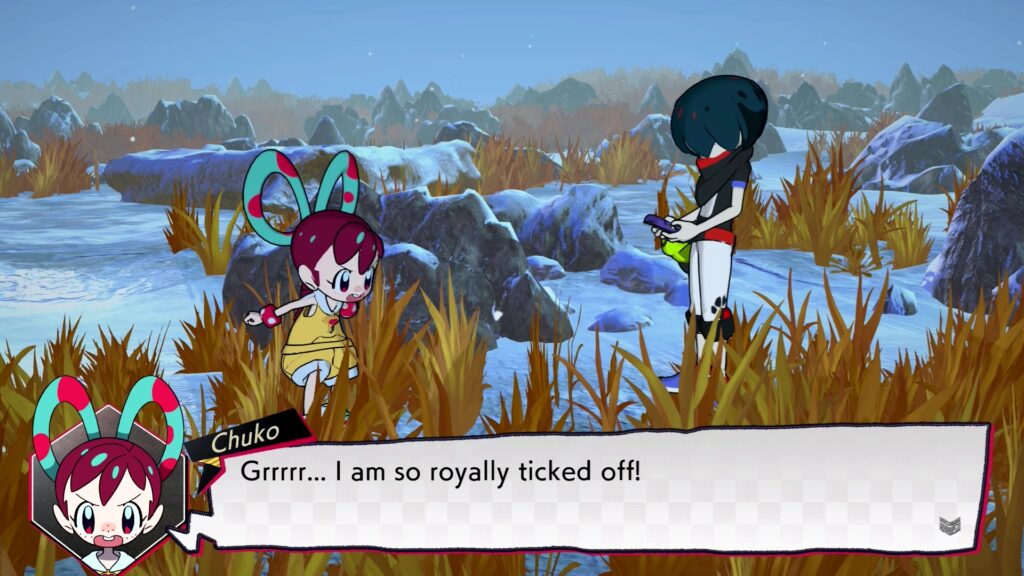
Well, having now played through World’s End Club, I wouldn’t say that anything went “wrong” as such — but perhaps there was a certain amount of expectations being set that weren’t met by what the game ended up being. I don’t mean this in a “quality” sense — World’s End Club is, for the most part, a very high quality production — but rather potential players perhaps expected it to be one kind of game and it ended up being another. I know I was certainly taken a little by surprise in terms of what the experience ended up being.
But it doesn’t do to dwell on the past. World’s End Club still exists, is still readily available on multiple modern platforms and is still worth your time to play. So I wanted to take a bit of time to talk about it.
There will be some mild spoilers ahead, so be warned. This is a story-centric game, so to talk about what makes it interesting requires discussing aspects of its narrative, but we’ll try and minimise the details.
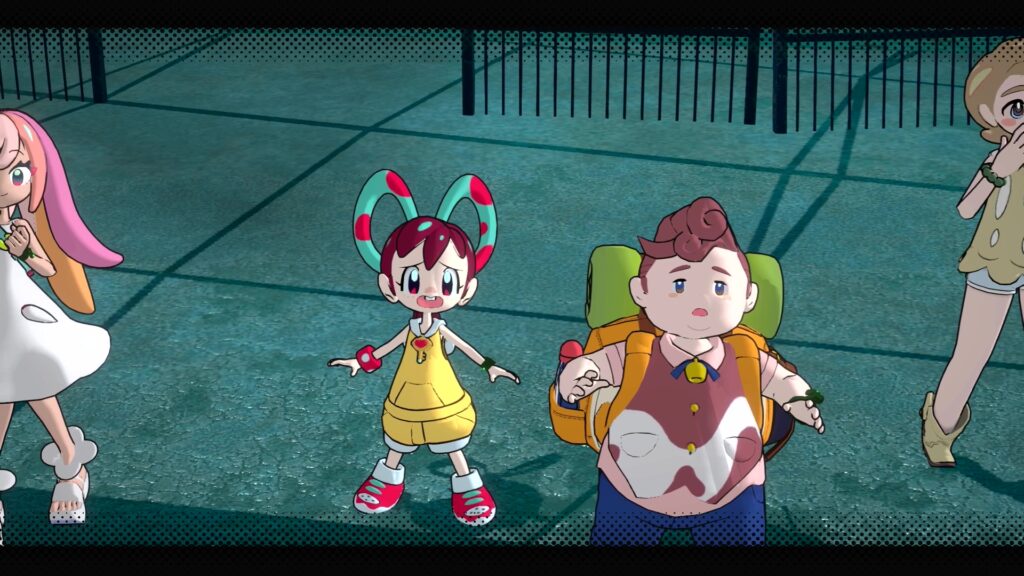
In World’s End Club, the setup is that you, playing as a young boy named Reycho, are part of a school club named the Go-Getters Club. The exact nature of the Go-Getters Club is not immediately explained, but it seems the group has been together for a while and consists of a disparate group of individuals from a variety of backgrounds.
Unlike Uchikoshi’s previous work, this doesn’t appear to be a group of strangers who have been thrown together by fate; as the narrative begins, it’s clear that the members of the Go-Getters Club are good friends who have shared plenty of experiences together, and they’re just about to make some new memories on a school trip. Unfortunately, disaster strikes; their bus crashes shortly after they see a meteor fall to the ground, and when they awaken they are far from where they expected to be.
Specifically, they find themselves emerging from some strange “pods” in what appears to be an undersea theme park. Not only that, but in classic Uchikoshi tradition, they are informed by a mysterious jester-like entity known as “Pielope” that they are to participate in a death game where there can be only one winner and, by extension, survivor. The aim of the game is for each individual to complete a task that has been set for them — but the twist is that no-one knows their own tasks. Everyone has someone else’s task written on their obligatory death game deadly wristband.
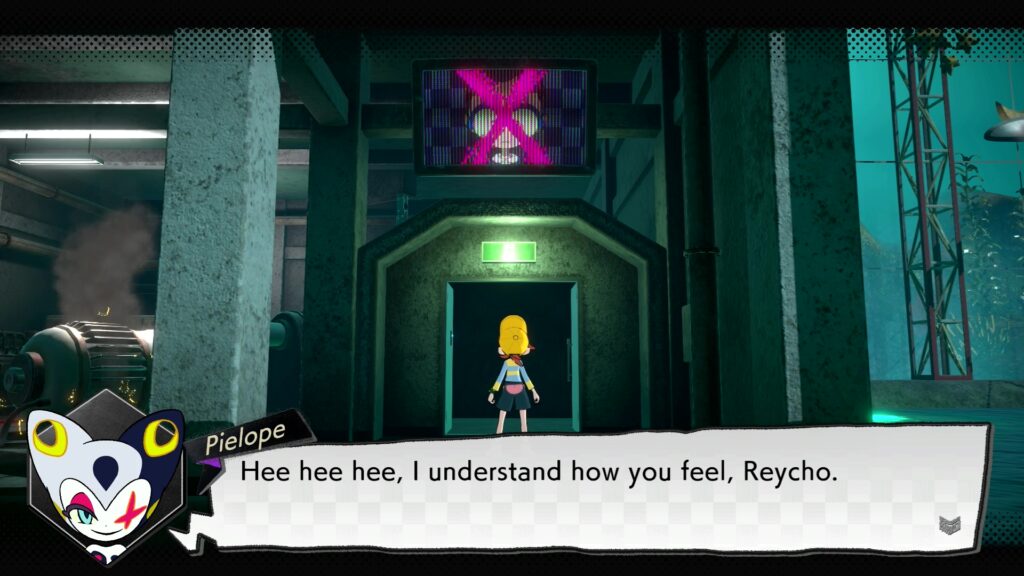
As such, in order to discover their own tasks, all the members of the Go-Getters Club must figure out a way of getting a look at their peers’ wristbands — a fact which is complicated by some individuals specifically having a task which is to not show their wristband to anyone else until a particular amount of time elapses.
What then follows is like a massively condensed form of Uchikoshi’s previous death game works 999 and Virtue’s Last Reward, with markedly less room escape puzzles but just as much intrigue, betrayal, lying and backstabbing. However, the interesting thing is that this is just the beginning of what happens in World’s End Club.
Without spoiling the exact circumstances that surround the death game — a significant plot element much later in the overall narrative — it transpires that the entire situation was something of a ruse, and that the way in which this supposed group of close friends had almost immediately turned on one another was a little more complicated than it might have first appeared.
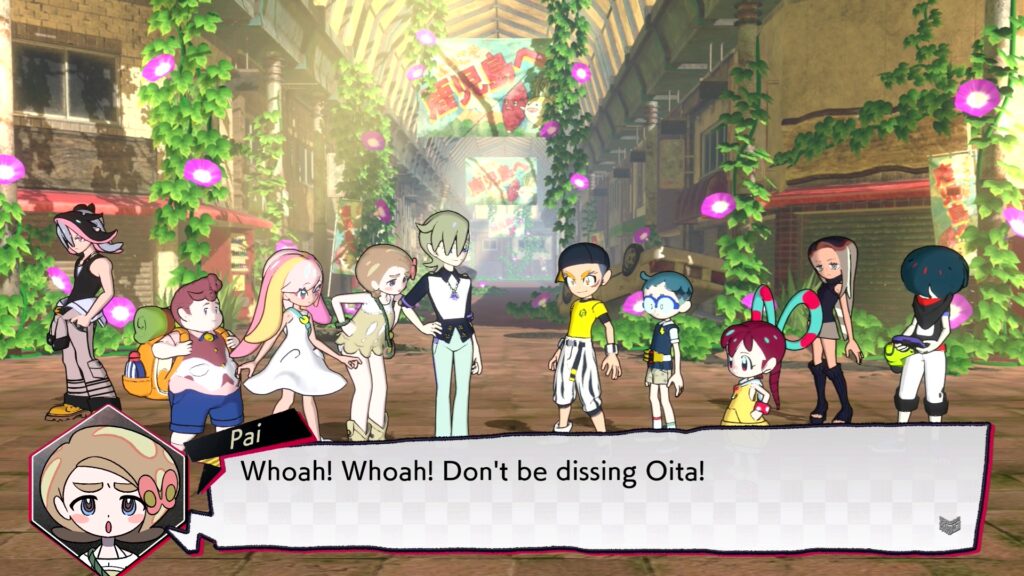
Anyway, the upshot of the situation is that the group successfully escapes with no-one meeting an unpleasant end, and they discover that they are actually 1,200 kilometres away from their homes in Tokyo, and a considerable distance from the place they were supposed to be going on their school trip. To make matters worse, no-one appears to be around, the cities seem to be overgrown with gigantic plants and it very much appears that some sort of terrible apocalypse has occurred in the kids’ absence.
Naturally, a significant part of the narrative in World’s End Club is taken up with the mystery of this apparent apocalypse, and it’s an interesting story with plenty of the twists and turns you’d expect from an Uchikoshi joint. And, much like Uchikoshi’s previous works, it’s necessary to explore the multiple available narrative paths in order to uncover the truth of the situation.
Interestingly, you can’t do this until you’ve reached at least one of the inevitably downer endings; on your first run through the game, you’re locked in to the choices you make, aside from one specific one towards the end where you’re specifically barred from making a particular choice until you’re on a subsequent revisit. Once you’ve cleared that first ending, though, you unlock the ability to select any of the “stages” on the game’s overall narrative map and, where branches occur, make different choices.
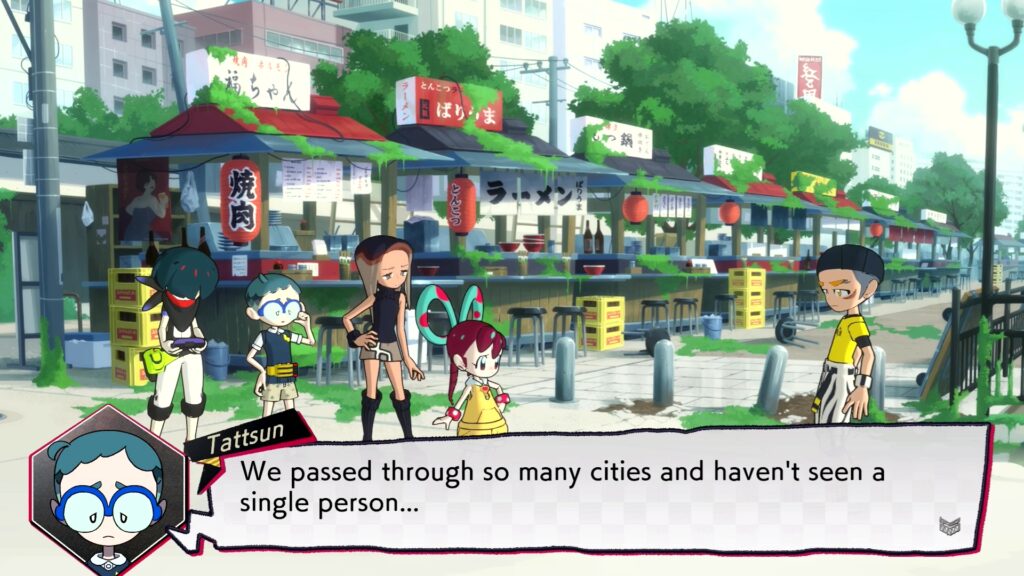
Notice I say “stages” and not “chapters”; that’s because World’s End Club is not a straight visual novel like some of Uchikoshi’s other works — nor does it feature traditional puzzle-based adventure game elements. Rather, the game features three main types of stage: story stages, which are simple narrative sequences and, at a few key points in the game, feature binary choices; camp stages, which provide you with the opportunity to speak with all the main characters and find out their feelings about what’s been going on; and action stages.
That’s right, action stages; a notable chunk of World’s End Club consists of some relatively lightweight and straightforward puzzle platforming, including several boss fights. These all unfold from a side-on perspective and place you in control of a single member of the Go-Getters Club at a time, and as the narrative progresses, each of the kids discover that they have some sort of peculiar special power.
None of the action stages feel like they outstay their welcome; generally speaking, each of the kids in the Go-Getters Club just has to use their ability a few times before things move on and you’re doing something else. In fact, if anything, there could have been more of the platforming; some more complex puzzles to solve would have been very welcome, as would some stages where you would perhaps have to switch between characters and co-operate using their special abilities.
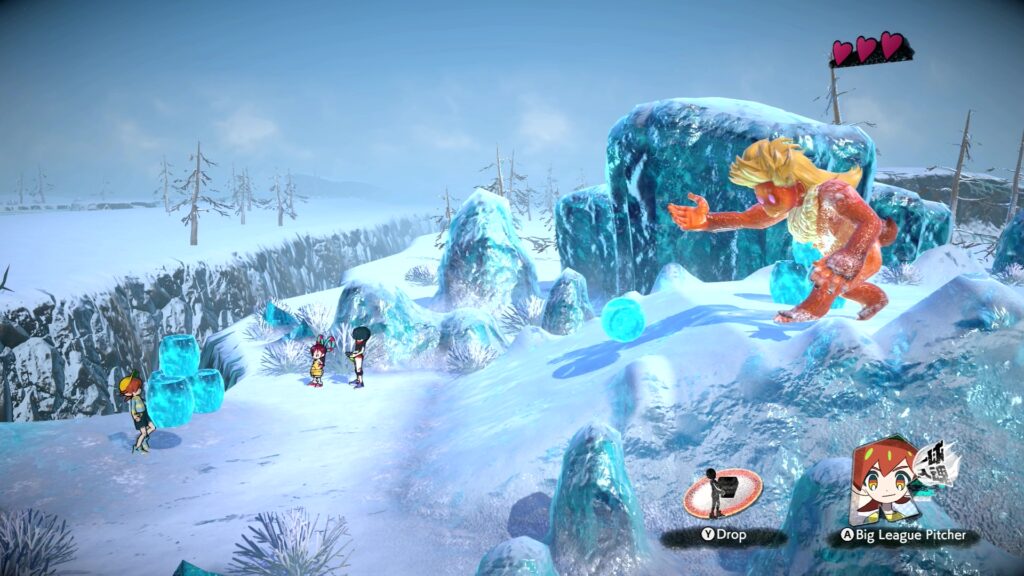
But it is what it is; the presence of the action stages breaks things up a bit and keeps the game from being more than just tapping to advance through some dialogue. Plus in the very late stages of the game there’s some fourth wall-breaking justification for them, too — including the many deaths you’ll doubtless suffer as you figure out solutions to puzzles you’re encountering for the first time — but I’ll leave the details of that for you to discover.
The platforming sequences and boss fights are not the reason to come to World’s End Club, however; the characterisation is. This tends to be a strong aspect of Uchikoshi works, and World’s End Club is absolutely no exception.
Once the game was “properly” underway after the initial death game sequence, I was struck very strongly by a sense that I had experienced something along these lines before. And, after a little pondering, it occurred to me: the real strength of World’s End Club is how it perfectly captures the feeling of all those slice-of-life anime series that are set in situations like “our last summer together before we graduate” or “our last opportunity to make memories together” — you know the type of thing.
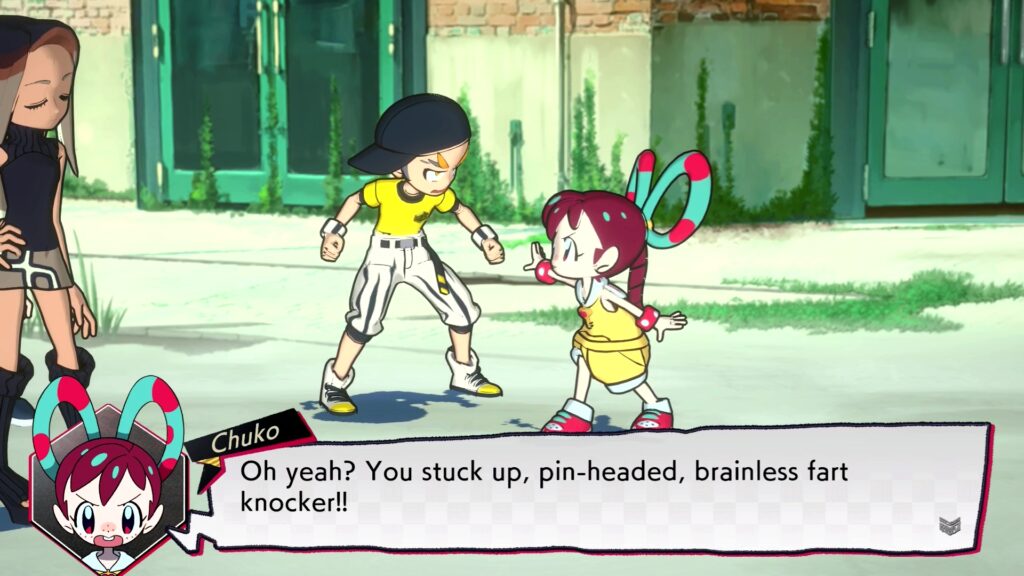
The series it put me in mind of more than anything was the incredible, beautiful Ano Hana — and this was even before certain revelations in the plot of World’s End Club that will doubtless cause you to rethink some of the things you’ve been witnessing. This mainly came from the fact that the large core cast of characters covers so many interesting bases without relying on clichés, and their interactions with one another are endearingly plausible.
Particular highlights for me included the quick-to-anger Chuko, who is supposedly a similar age to the rest of the cast but about half their height (and just a teensy bit mad about it); the delightful cover girl Vanilla, for reasons best left for you to discover for yourself; and the gruff, stern Aniki, who initially seems to be a bit of a moody dickhead, but gradually reveals himself to be a complex and interesting character with plenty weighing on his mind.
On top of that, look a little deeper into the design, personality and even names of the characters and you’ll discover that they’re all reflections of the Chinese Zodiac — a nice, easily missed touch that demonstrates how Uchikoshi clearly thought carefully about why this game should have such a notably large ensemble cast, rather than simply throwing in new characters for the sake of it.
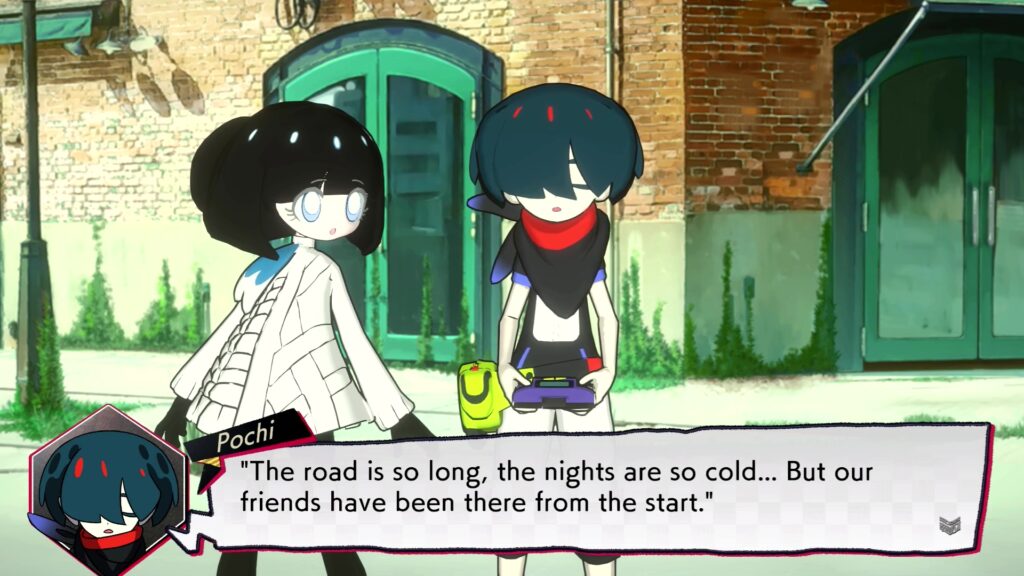
At the heart of World’s End Club is a story about grief and loss, and this is explored in a variety of different ways. Not only are the members of the Go-Getters Club having to deal with the apparent loss of the Earth as they knew it before their accident, but everyone in the group has suffered their own form of bereavement — some have even lost multiple people who were precious to them.
World’s End Club is at its best when the characters are opening up to one another about their emotions and how they have been processing their grief — or not, in some cases. Many of the characters are deliberately designed to subvert expectations both in terms of their visual design and seeming personality traits, which makes it all the more striking when they finally allow their emotions to truly come to the surface. And the game isn’t afraid to show that even among a close-knit group of friends such as the Go-Getters Club, sometimes you can encounter seemingly irreconcilable differences that it takes time to learn how to deal with if you want to remain close.
It’s one of those games where by far the most appealing aspect of the entire experience is the feeling of riding along with the ensemble cast as a whole. Player character Reycho is positioned as a silent protagonist throughout the game, but is always included by the rest of the group when it comes to important decisions that need to be made.
This reflects our real-life inability, as the one holding the controller, to directly communicate with the characters on the screen, however much we might want to — but it also shows the way in which we can influence their fates by simply pressing the right buttons at the right time. Indeed, this very concept is explored in the latter hours of the game’s “true” route, which throws up some very interesting revelations indeed, many of which had been teased somewhat earlier in the various narrative paths if you’d been paying attention.
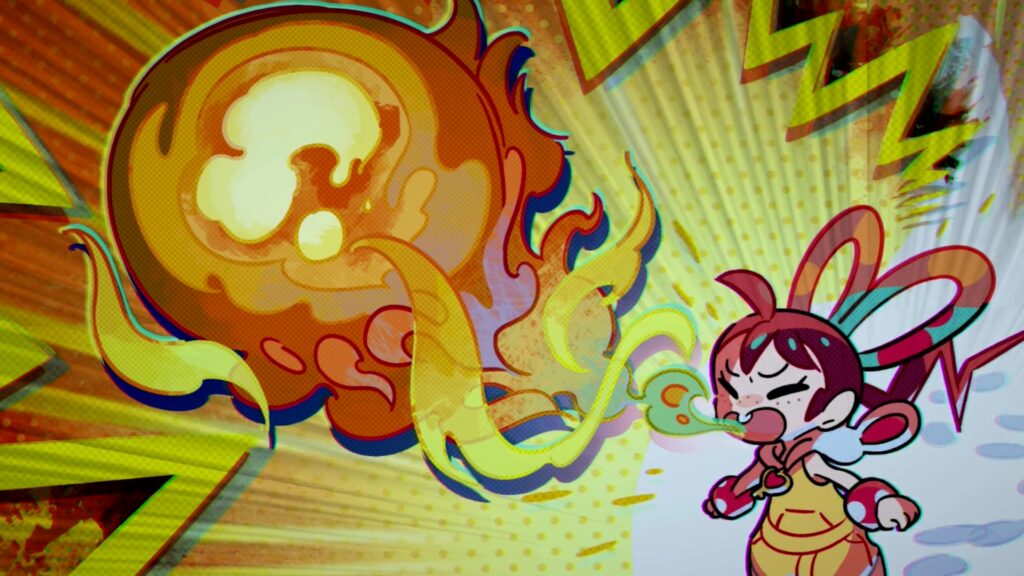
I feel like I can’t state enough how much of a highlight of the experience the core ensemble cast of World’s End Club really is. The kids’ relationship with one another is the very definition of “found family”, and it’s hard not to feel a warm sense of affection towards all of them pretty much from the get-go. It’s even more heartwarming when you see a few members of the group starting to show some indications of wanting to “pair off” with one another in romantic terms — though in true anime tradition most of these potential relationships are teased over the entire duration of the narrative rather than quickly established and resolved.
And, of course, the acid test for this sort of thing is whether or not you feel like you’re going to miss these characters after the credits roll for the last time. I absolutely am. I wish I could spend more time with them and see how things end up for them. I wish I could hang out with them some more and enjoy their good company. But our summer together has come to an end; I played a part in making it so memorable, but the time has come to say goodbye.
Outside of the characterisation, the core narrative of World’s End Club is interesting and thought-provoking. It postulates that the one thing that makes us unique as humans — our ability to think and feel emotions — is also the one thing that makes us destined to destroy ourselves. It explores the possible ways in which that could be “treated”, and the potential complications and consequences thereof.
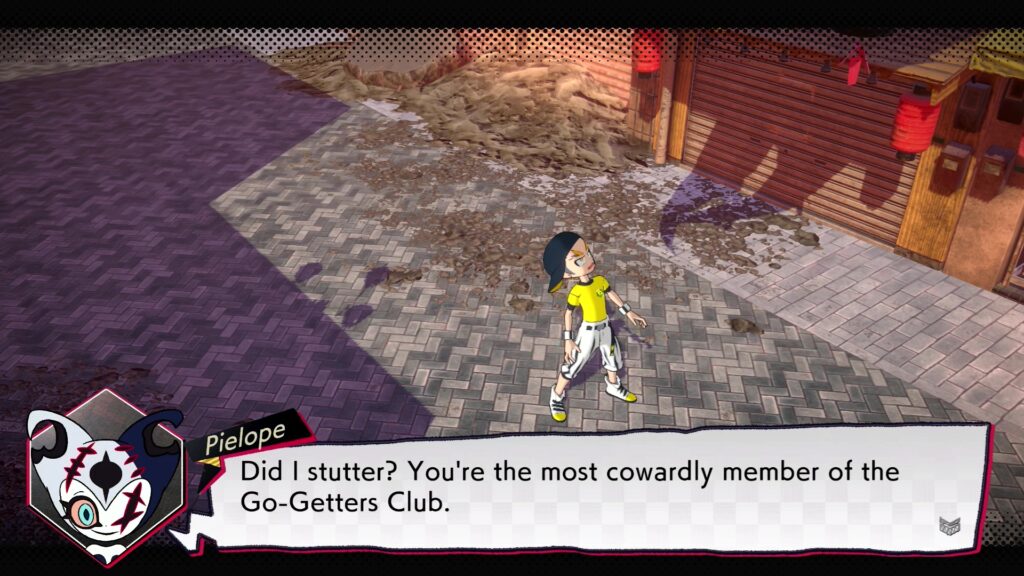
It also ponders the nature of “leadership” and the different ways in which this power can be used; while many human beings crave a sense of direction in their lives rather than having to completely fend for themselves, what does it really mean to look up to a leader, and what, really, is the role of a leader anyway?
Many of these themes are explored on both macro and micro levels through a combination of the main narrative of what has happened to the Earth, and the smaller-scale stories of what the Go-Getters Club are going through on their journey. For example, the matter of the group’s leadership comes up multiple times along the way, often leading to blazing rows among the club members — but the questions over who is really suitable to lead mirror some much larger-scale questions that are presented in the main story’s latter hours.
Despite coming out a couple of years ago, there’s even some subtle touches that are relevant to today’s discussions over AI art and its inability to be truly “creative” without a model to rely on; without spoiling the details of exactly how this becomes part of the narrative, we’ll just say that the child-like, “scribbly” and often ill-defined nature of many of the enemies you encounter in World’s End Club is most certainly deliberate.
It should be clear by now that World’s End Club tackles some thoroughly intriguing themes over the course of its runtime, and it’s absolutely an Uchikoshi work through and through. So what caused so many people to pass it by? Well, more than likely those pesky expectations; browse through user reviews such as those found on Steam and you’ll find plenty of people who were expecting another Zero Escape or Danganronpa-style experience but ended up feeling short-changed by the fact that the “death game” aspect was over and done within an hour of gameplay. Those same people tended to feel underwhelmed by the platforming sequences.
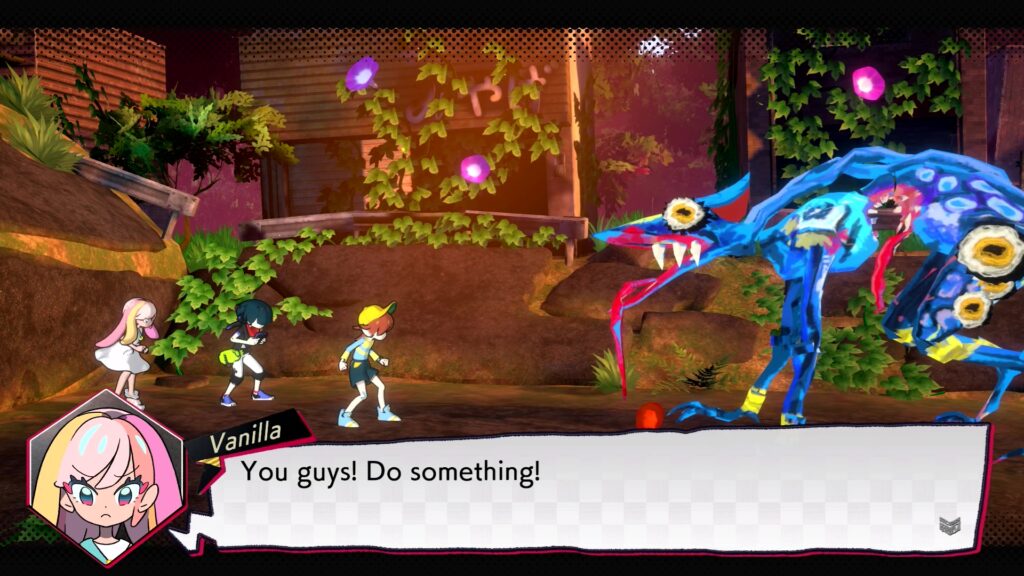
But it’s pretty obvious that Uchikoshi completely intended for this to happen. The setup to the death game sequence is so obviously aping the Nonary Games titles that, going into World’s End Club pretty much blind as I did, you’ll almost certainly find yourself thinking that there has to be more than meets the eye. And, sure enough, there most certainly is. For me, that subversion of expectations and the juxtaposition of bleakness with youthful joy was part of the pleasure of World’s End Club; some, sadly, did not feel the same way.
In some respects, I understand why World’s End Club didn’t get nearly as much attention as Uchikoshi’s other work. But I also think a creative, interesting, title that keeps you guessing like this deserves a bit more “cult” status than it has. So consider this me doing my part in telling you that if you enjoy Uchikoshi’s other work, World’s End Club is definitely worth spending some time with; just don’t go in expecting exactly what you’ve seen from him in those previous titles, keep an open mind… and protect Nyoro at all costs.
World’s End Club is available for Nintendo Switch and PC via Steam.
Join The Discussion
Rice Digital Discord
Rice Digital Twitter
Rice Digital Facebook
Or write us a letter for the Rice Digital Friday Letters Page by clicking here!
Disclosure: Some links in this article may be affiliate links, which means we may earn a small commission if you make a purchase after clicking on them. This is at no additional cost to you and helps support Rice Digital!
- Letter from the Editor: passing the torch - June 30, 2023
- Super Woden GP 2 is looking promising - June 30, 2023
- Inti Creates is making a 32 bit-style Love Live action platformer - June 26, 2023





